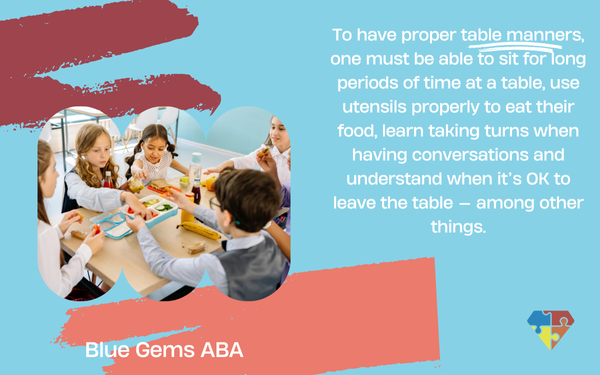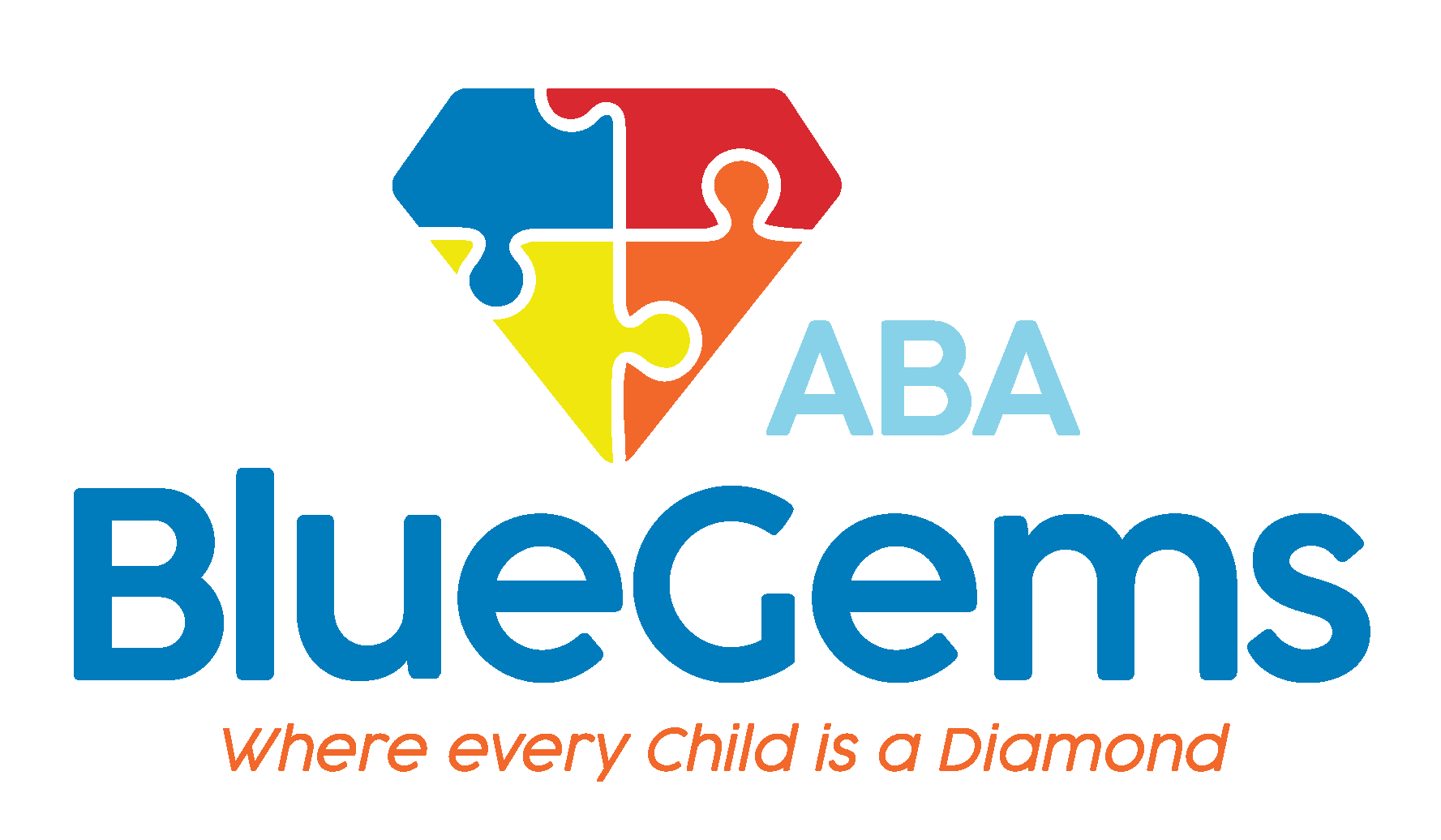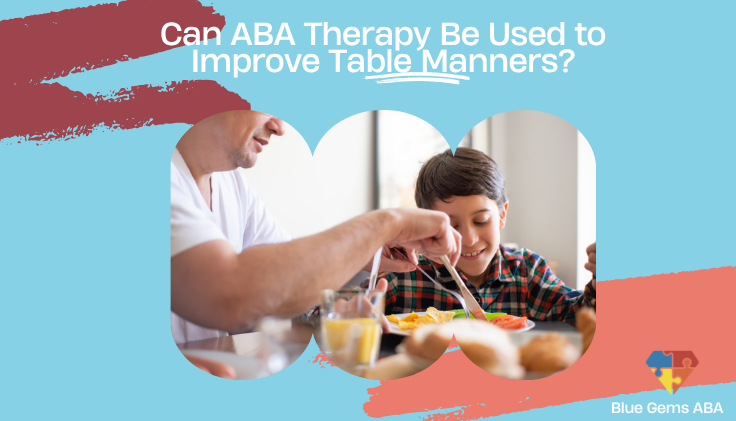Can ABA Therapy Be Used to Improve Table Manners?
It’s well-known that applied behavior analysis (ABA therapy) can help children with autism spectrum disorder (ASD) build the communication and social skills they may face deficits with. The science-based treatment plan can also help children modify certain negative and/or harmful behaviors into positive ones.
ABA therapy’s impact can go well beyond that, too. It has been proven to be an effective method at teaching children a number of daily life skills, such as brushing their teeth, getting dressed and following instructions in preparation for a formal education classroom setting.
A big challenge that most parents face with their children — whether they have autism or not — is helping them manage their behaviors at mealtime. This can be even more challenging for children who have autism.
The natural question, then, is whether ABA therapy can be used to improve table manners. We’ll discuss that topic below.
Table Of Contents
Why Are Table Manners Challenging for Children with Autism?
Many people take mealtime behavior for granted. Yet, it’s a skill that takes a lot of time to master, particularly because there are many individual skills and behaviors involved.
To have proper table manners, one must be able to sit for long periods of time at a table, use utensils properly to eat their food, learn taking turns when having conversations and understand when it’s OK to leave the table — among other things.

These are certainly complex skills and behaviors that need to be taught and then reinforced over a long period of time. It can be especially challenging for children to understand the difference between what table manners mean for casual weekend meals at home versus special occasion meals at someone else’s house or even at a restaurant.
All of this can be especially challenging for children with autism, who often require skills be broken down into more manageable steps that are simpler for them to understand.
In time, though, with the proper approach, ABA therapy can help teach children on the autism spectrum the skills and behaviors they need to have good table manners.
How Can Manageable Steps Help Children Learn the Basics of Table Manners?
One technique that ABA therapists can follow to help children improve table manners was already mentioned above — breaking down complex tasks into smaller, manageable steps.
Instead of trying to teach children how to exhibit proper table manners by each individual step — sitting, using utensils, etc. — therapists will break down each of those individual steps into multiple steps.
Working in chronological order, therapists will break each of the skills into multiple steps. They may start with sitting in a chair at the table, for example.
The manageable steps could include getting up on the chair, sitting properly, facing the table, not putting their elbows on the table, etc. Therapists will work with the child to help them master this one skill first before they move onto the next step, which might be using utensils.
Along the way, they will use various strategies such as prompting and fading, modeling and positive reinforcement to help the child learn the skills.
| Skill Area | Manageable Steps | ABA Techniques Used |
|---|---|---|
| Sitting at the Table | Getting on chair, Sitting properly, Facing table, No elbows on table | Prompting & Fading, Positive Reinforcement |
| Using Utensils | Holding correctly, Scooping/Cutting food, Bringing to mouth, Chewing properly | Modeling, Reinforcement |
| Table Conversation | Taking turns, Waiting to speak, Responding appropriately | Role-playing, Visual Prompts |
| Leaving the Table | Finishing meal, Asking to leave, Cleaning up | Visual Schedules, Prompting |
What Other Strategies Can ABA Therapists Follow to Improve Table Manners?
Children with autism are often considered to be visual learners. That is, they can more fully grasp concepts when they have a visual aid to support them, rather than just written and/or spoken directions.
That’s why ABA therapists will often use a variety of visual aids to help children with autism learn table manners. This could be anything from picture prompts to signify to children when it’s time to do something, to modeling the behavior that they want the child to exhibit, to role playing a meal at a table.
All of these strategies can be used individually or together to help children build all of the individual skills necessary to improve table manners.
The important thing for the ABA therapist will be paying attention to what general strategies, tools and reinforcers work well for each child so they can cater the treatment plan to the individual.
Blue Gems ABA Can Help Children with ASD Gain Life Skills
A lot of the focus of ABA therapy is on building communication and social skills while modifying negative behaviors. However, it’s also essential for children with autism to learn basic life skills so they can navigate the world around them.
At Blue Gems ABA, a big part of all of our ABA therapy treatment plans includes addressing daily life skills our patients may need help with. In this way, we help children with ASD live happy, healthy, productive and fulfilling lives, as independently as possible.
To learn more, please contact us today.




